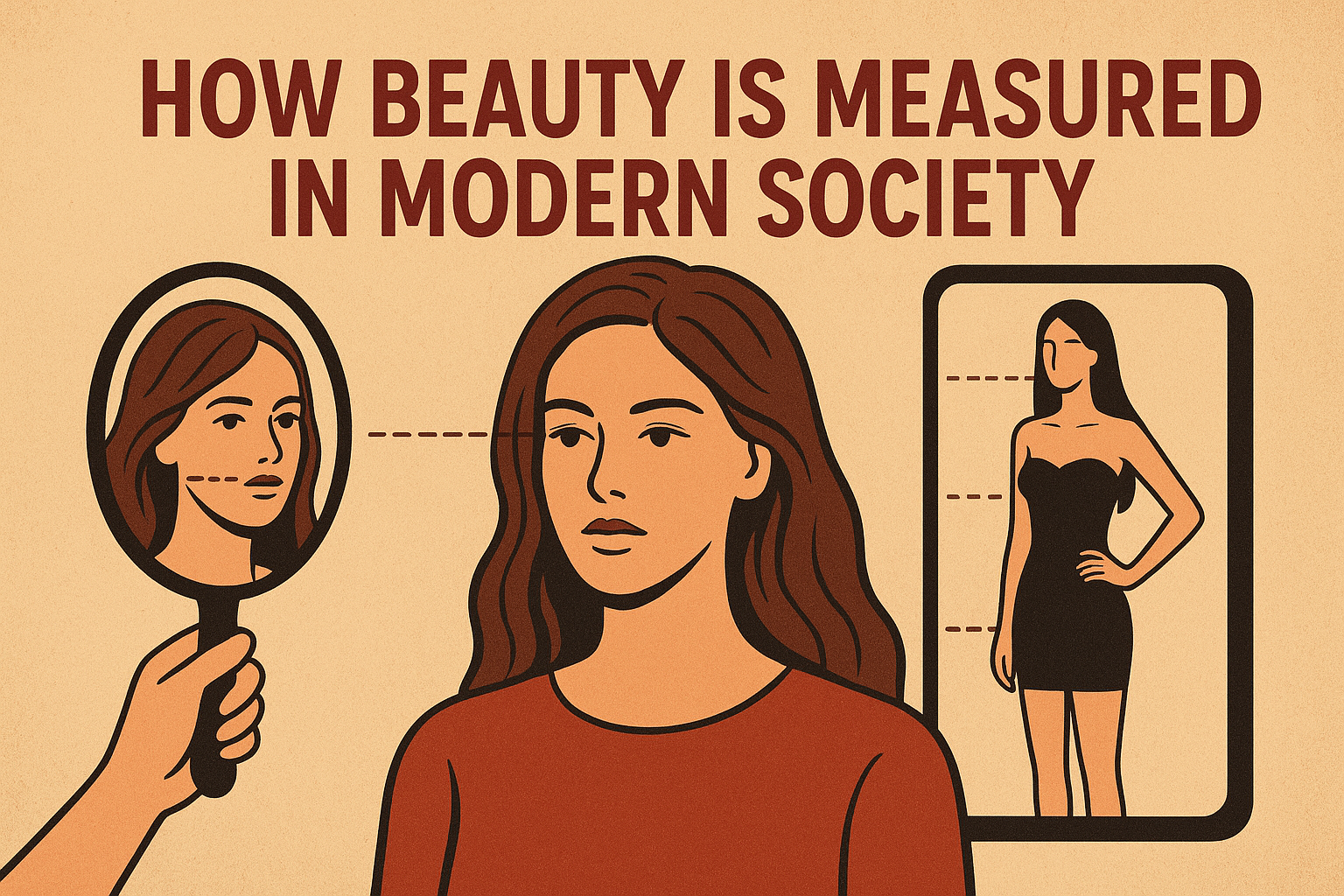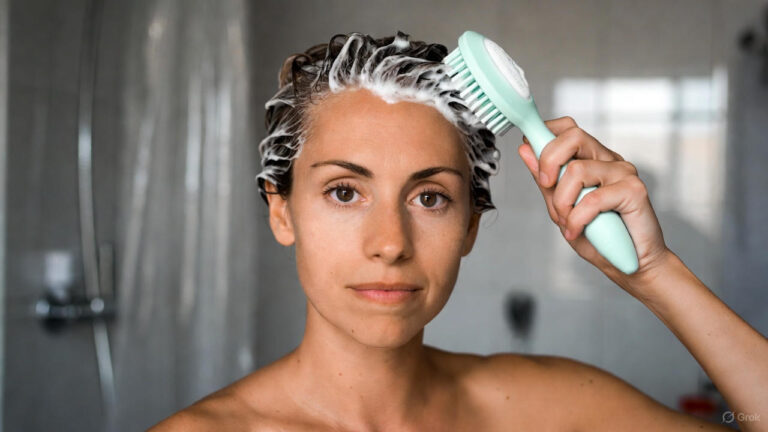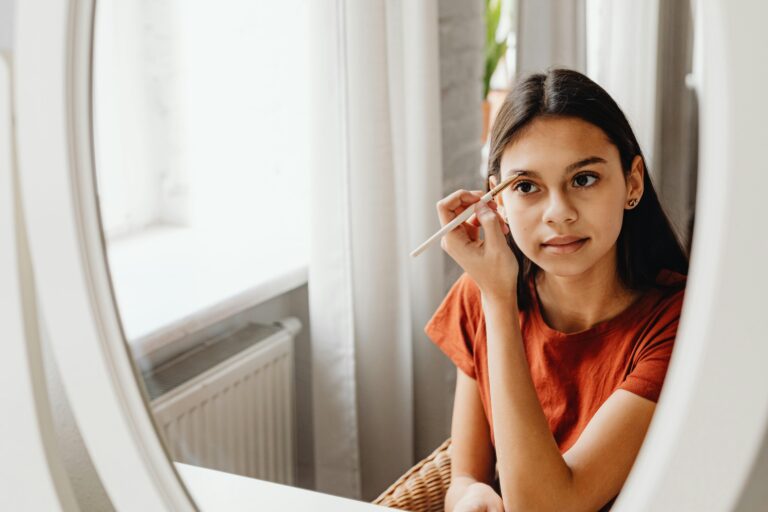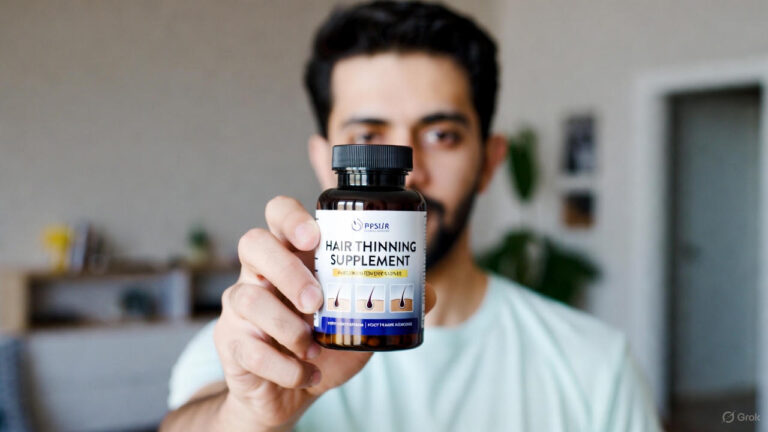How beauty is measured in modern society isn’t as simple as it used to be. You live in a world shaped by social media, evolving cultural norms, and global influences. The meaning of beauty now stretches far beyond the surface.
This article walks you through how modern society sets and shifts its beauty yardsticks. You’ll see how technology, culture, and personal values all play a role in defining what looks good today.
The Evolution of Modern Beauty Standards
Beauty standards used to stay local. Now they travel fast. Platforms like Instagram, TikTok, and YouTube spread trends overnight. Something that started in Seoul can show up in Los Angeles the same day.
How beauty is measured in modern society often reflects what you see online. Filters, influencers, and digital editing create polished images. They can inspire or pressure people to look a certain way. Either way, they shape your view of what’s attractive.
Cultural exchange also matters. You might see freckles celebrated in one region, while another prizes porcelain skin. This variety is breaking old molds. People feel freer to embrace their own features.
The Role of Technology in Defining Beauty
Your phone camera and editing apps do more than capture memories. They influence what you think beauty looks like. AI tools can smooth skin or adjust proportions with a swipe.
Cosmetic procedures are now safer and more common. From fillers to laser treatments, modern technology makes subtle changes easy. For some, this offers confidence. For others, it raises questions about authenticity.
Research on digital self-image shows how tech-driven beauty ideals can impact mental health. You might compare yourself to filtered faces and forget they’re not real.
Cultural Shifts and Inclusivity
Society once praised one type of body or face. Not anymore. Today’s culture values diversity. You see models of different sizes, genders, and ethnicities in major campaigns.
How beauty is measured in modern society includes individuality. Trends celebrate natural hair textures, body positivity, and gender fluidity. What used to be hidden is now highlighted.
Even big brands push for inclusivity. Companies like Fenty Beauty offer wide shade ranges. This shift matters. It says everyone deserves to feel beautiful without fitting into a narrow box.
Psychology of Modern Beauty Measurement
Beauty isn’t only visual. It’s emotional. Studies show that symmetry still draws attention, but confidence often tips the scale. You’re likely to find someone more attractive when they seem happy, kind, or inspiring.
Social comparison plays a tricky role. You scroll through endless feeds of curated images. Without thinking, you might rate your looks against them. This can hurt self-esteem if you forget those images are crafted, not candid.
Positive psychology encourages you to focus on self-acceptance. Instead of chasing every trend, you build your own sense of beauty. This shift empowers rather than pressures.
Case Studies: How Beauty Is Measured in Different Cultures Today
1. South Korea’s Tech-Driven Aesthetics
South Korea is known for high-tech skincare and cosmetic surgery. The culture prizes clear skin and youthful looks. Beauty clinics are as common as coffee shops.
Yet there’s change here too. Younger Koreans push back against strict beauty expectations. Movements like “Escape the Corset” challenge rigid norms and encourage natural appearances.
2. The Western Push for Body Positivity
In North America and Europe, campaigns challenge size discrimination. Influencers share unedited photos. Brands feature models with scars, disabilities, and varied shapes.
This shift expands how beauty is measured in modern society. It encourages acceptance of traits once criticized. You can now see stretch marks or cellulite in mainstream ads.
3. African Beauty and Cultural Pride
Many African communities celebrate natural hair and bold fashion. Traditional aesthetics blend with modern trends. This fusion restores cultural pride.
Platforms like Instagram showcase African designers, redefining beauty from within. This challenges old colonial standards that favored Eurocentric features.
4. Middle Eastern Beauty and Modesty
Middle Eastern cultures often blend modern glamour with modesty. Makeup artistry thrives here, with bold eyes and carefully styled appearances. At the same time, personal values influence how much beauty is shown publicly.
This balance reflects how beauty is measured in modern society: not one-size-fits-all, but shaped by personal, cultural, and spiritual choices.
Challenges and Controversies
While diversity grows, pressure still exists. Many feel trapped between authenticity and perfection. Cosmetic enhancements can help confidence, but they can also fuel a cycle of chasing trends.
Social media algorithms reward visually striking content. This means unusual, extreme, or highly polished looks often go viral. Subtle, natural appearances get less attention.
There’s also concern about fairness. People with more money can access treatments and products that others can’t. This raises ethical questions about equality in beauty access.
Future of Beauty Measurement
The future points toward personalization. Instead of one global ideal, you’ll likely see micro-trends. Smaller communities will shape their own standards. You’ll pick what fits, not what’s forced.
AI and augmented reality will continue to influence self-perception. Virtual try-ons will let you experiment safely. But there’s risk: the more you edit, the further you drift from reality.
Education and transparency can balance this. Teaching young people how media shapes beauty can reduce harm. When you know what’s curated, you can appreciate beauty without unhealthy pressure.
Frequently Asked Questions (FAQs)
1. Why does modern society care so much about beauty?
Beauty influences social perception. It affects first impressions, confidence, and sometimes career opportunities. While shallow at times, it reflects deep cultural values.
2. How can I avoid pressure from unrealistic beauty standards?
Limit exposure to curated content. Follow diverse creators. Remind yourself that edited images aren’t reality. Focus on health, comfort, and personal expression.
3. Are cosmetic procedures safe?
Most modern procedures are safe when done by qualified professionals. Always research providers, understand risks, and consider mental as well as physical health.
4. Will beauty standards keep changing?
Yes. Cultural values, technology, and generational shifts constantly reshape what’s admired. What’s trendy today may feel outdated in a few years.
5. Is natural beauty becoming more valued?
In many places, yes. Natural textures, minimal makeup, and self-acceptance are growing trends. But this doesn’t erase other styles. Beauty today is more about choice than rules.
Conclusion
How beauty is measured in modern society reflects technology, culture, and personal freedom. It’s no longer about one perfect face or body. Instead, it’s about variety and authenticity.
Your challenge is to see beauty as a tool for expression, not comparison. Use trends if they make you happy. Ignore them if they don’t. That balance is the real measure of modern beauty.



